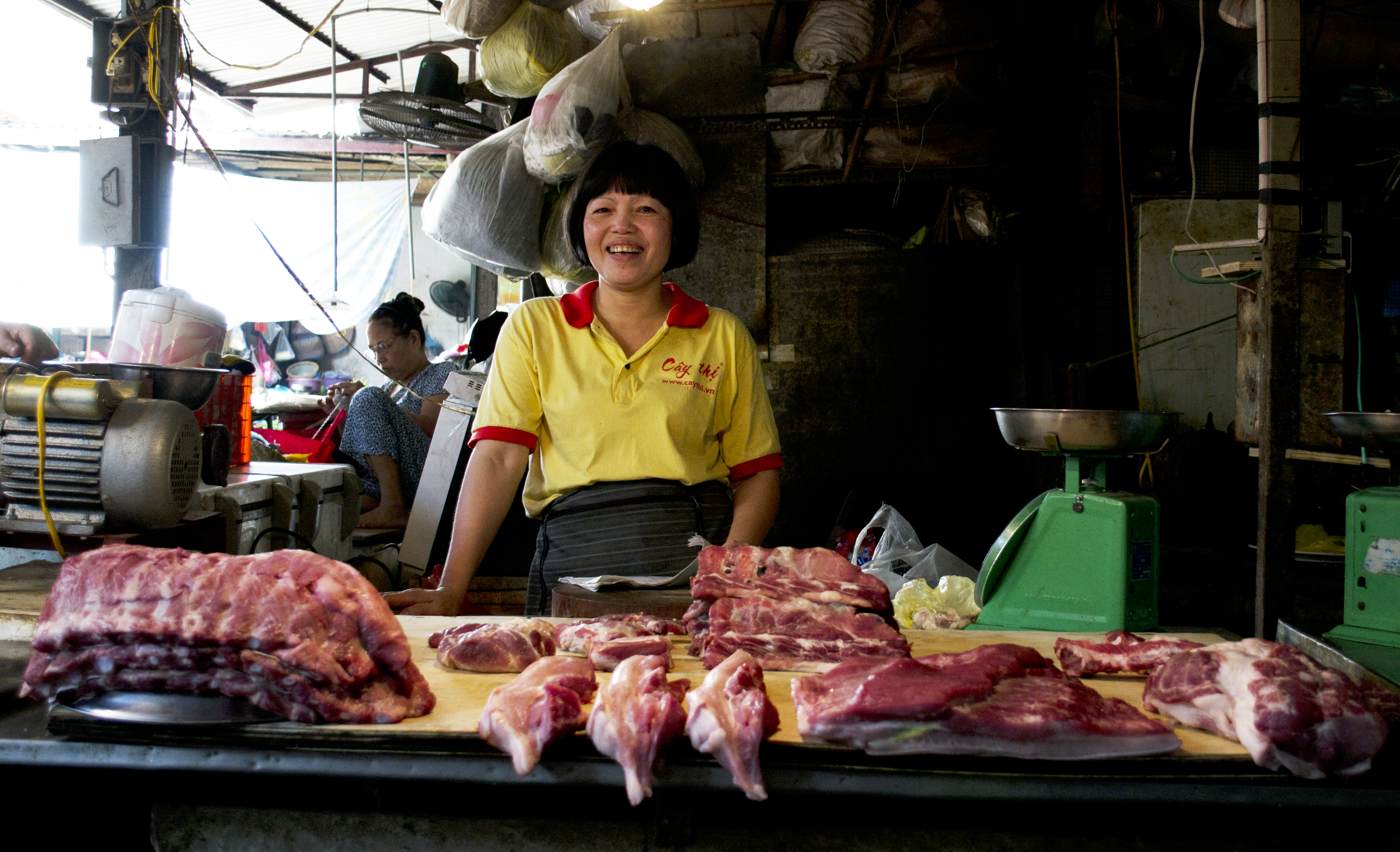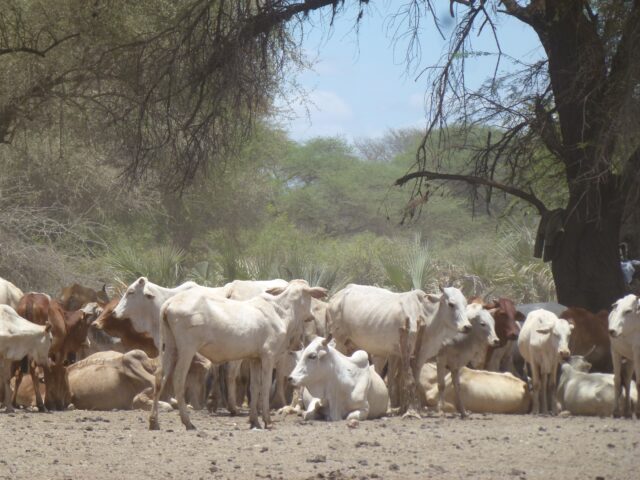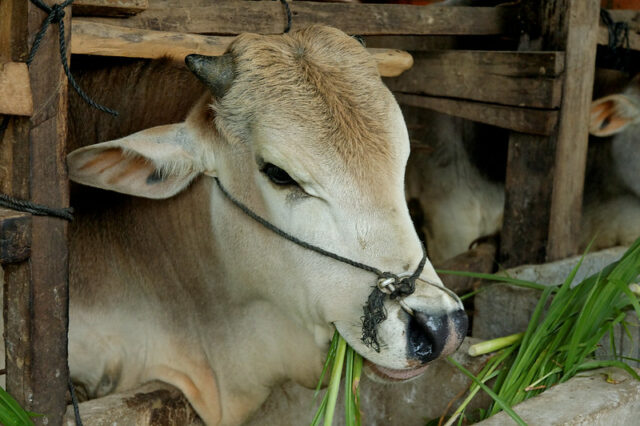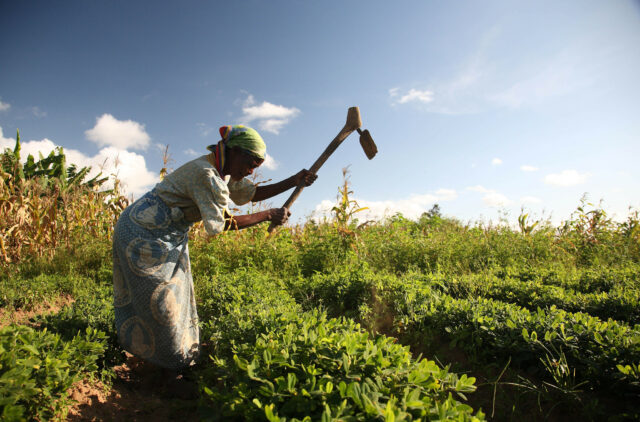
“Is my food safe?” This question voices a fundamental consumer concern – regardless of where they live, what their income level is, or where they purchase their food. The demand for information on food safety, meanwhile, grows louder particularly among consumers in low and middle-income countries as they move towards cities and away from farms, growing more conscious of the quality of food they eat. But that information is rarely readily available, particularly in those countries.
Recognizing the universal nature of this question, the Agriculture, Nutrition and Health (ANH) Academy created a working group to consider current research on food safety, including metrics, tools, and definitions; identify areas of opportunity or need for additional research in this area; and suggest ways to make research on food safety in low and middle-income countries more robust and replicable.
The results of this effort are reported in a new working paper and related technical brief by the ANH Academy Food Safety Working Group, which we have co-authored with our colleagues. The conceptual framework we developed in the course of undertaking this work identifies three main areas of focus:
- foodborne hazards and risks, that consider private, public, and export standards;
- food safety system performance, which considers how well the food system delivers safe food; and
- foodborne disease outcomes, which look at the impact that the safety of foods has in public health and the economy, among others.
With such a wide scope and so many actors, it naturally follows that there is no one measure to comprehensively cover this issue, however, we also recognize the need for stakeholders to be able to measure and report on it to identify areas and means of improvement. An important component of the report offers principles to guide those designing and selecting appropriate food safety measures and metrics.
We recommend, among other things:
- those undertaking this process begin with a strategic plan that includes food safety goals and steps towards achieving them;
- the plan looks beyond processes to also consider outcomes and impact;
- the plan includes multiple measures, accurately reflecting the complex nature of this issue
- what is being measured is understood and accepted by all stakeholders; and
- the benefits of measure-based food safety systems should outweigh the costs of their implementation
As the working group conducted stakeholder workshops and situational analyses throughout Africa and Asia, we homed in on three key considerations for those looking to delve into the issue of understanding and managing food safety risks. Decision-makers need to understand:
- The scope of the problem, and its impacts;
- Where concern exists, what it is rooted in, how it affects behaviour, and what will allay it; and
- What is being done in management of the issue, who is, and should be, involved, and what can make it more effective.
To be sure, the report makes clear the intimidating size and scope of the food safety issue in low- and middle-income countries. However, it also lays out a roadmap to tackling this important challenge, one in which researchers and policymakers and the private sector and others can each contribute valuable pieces to the larger pool of knowledge. This collaboration, accompanied by thoughtful planning, can create an environment where people everywhere can rest assured about the safety of the food they eat.
Article by Delia Grace and Silvia Alonso, scientists at the International Livestock Research Institute (ILRI)
Originally posted on the ANH Academy website
Citations:
Grace, D., Dominguez-Salas, P., Alonso, S., Fahrion, A., Haesler, B., Heilmann, M., Hoffmann, V., Kang’ethe, E., Roesel, K. and Lore, T. 2018. Food safety metrics relevant to low and middle income countries: Working paper. Agriculture, Nutrition and Health Academy, Food Safety Working Group. London, UK: Innovative Methods and Metrics for Agriculture and Nutrition Actions programme.
Grace, D., Dominguez-Salas, P., Alonso, S., Fahrion, A., Haesler, B., Heilmann, M., Hoffmann, V., Kang’ethe, E., Roesel, K. and Lore, T. 2018. Food safety metrics relevant to low and middle income countries: Technical brief. Agriculture, Nutrition and Health Academy Food Safety Working Group. London, UK: Innovative Methods and Metrics for Agriculture and Nutrition Actions Programme.
![]()



